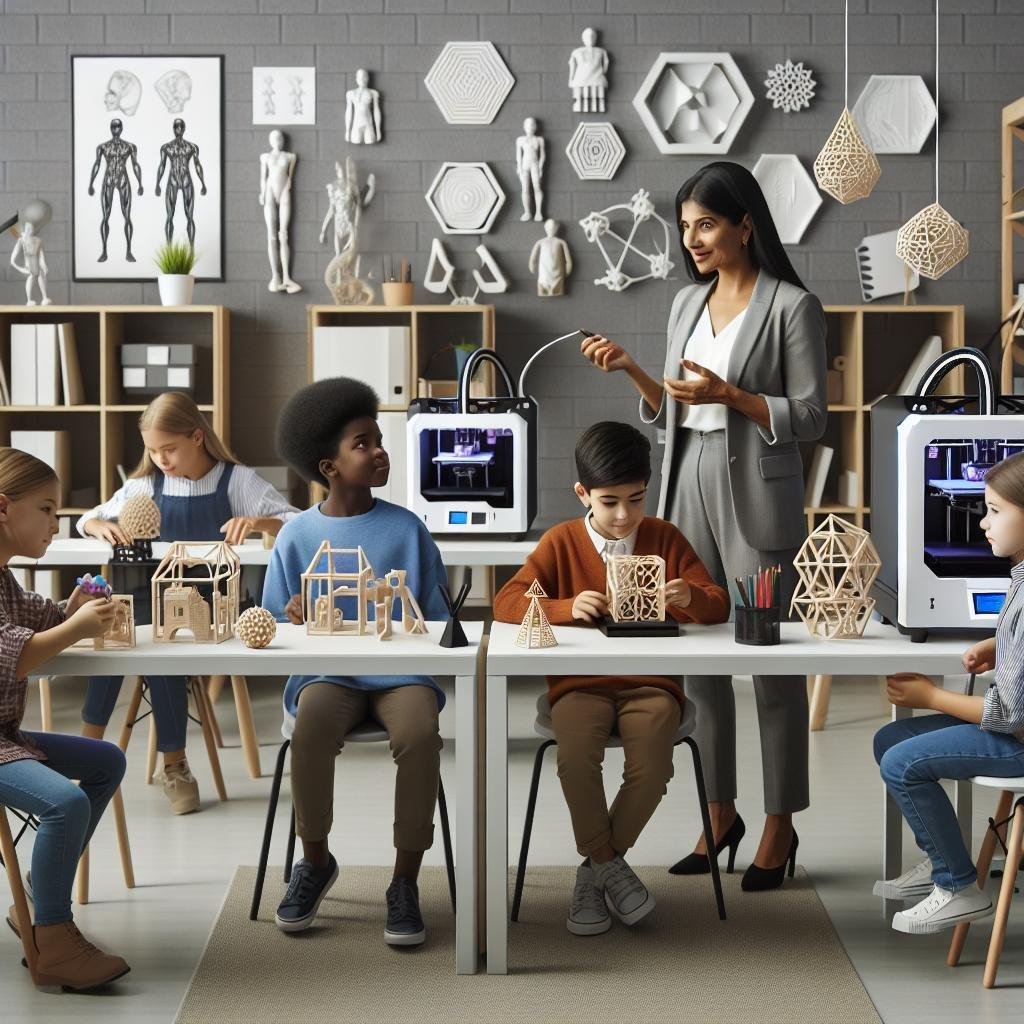Imagine walking into a classroom where students aren’t just reading about ancient artifacts, but actually holding them in their hands, recreated layer by layer from digital blueprints.or picture budding engineers who don’t just sketch their ideas, but bring them to life, piece by piece, right in the classroom. Welcome to the transformative world of 3D printing in education! Gone are the days of passive learning; 3D printing is flipping the script, turning students from consumers of facts into creators of their own educational experiences. Whether it’s sculpting mathematical models or crafting intricate historical replicas, 3D printing is the gateway to a more interactive, engaging, and innovative learning environment. In this article, we’ll explore the captivating ways in which this cutting-edge technology is reshaping classrooms, inspiring students, and redefining the boundaries of what’s possible in education. Get ready to step into a realm where creativity meets curriculum,one printed layer at a time!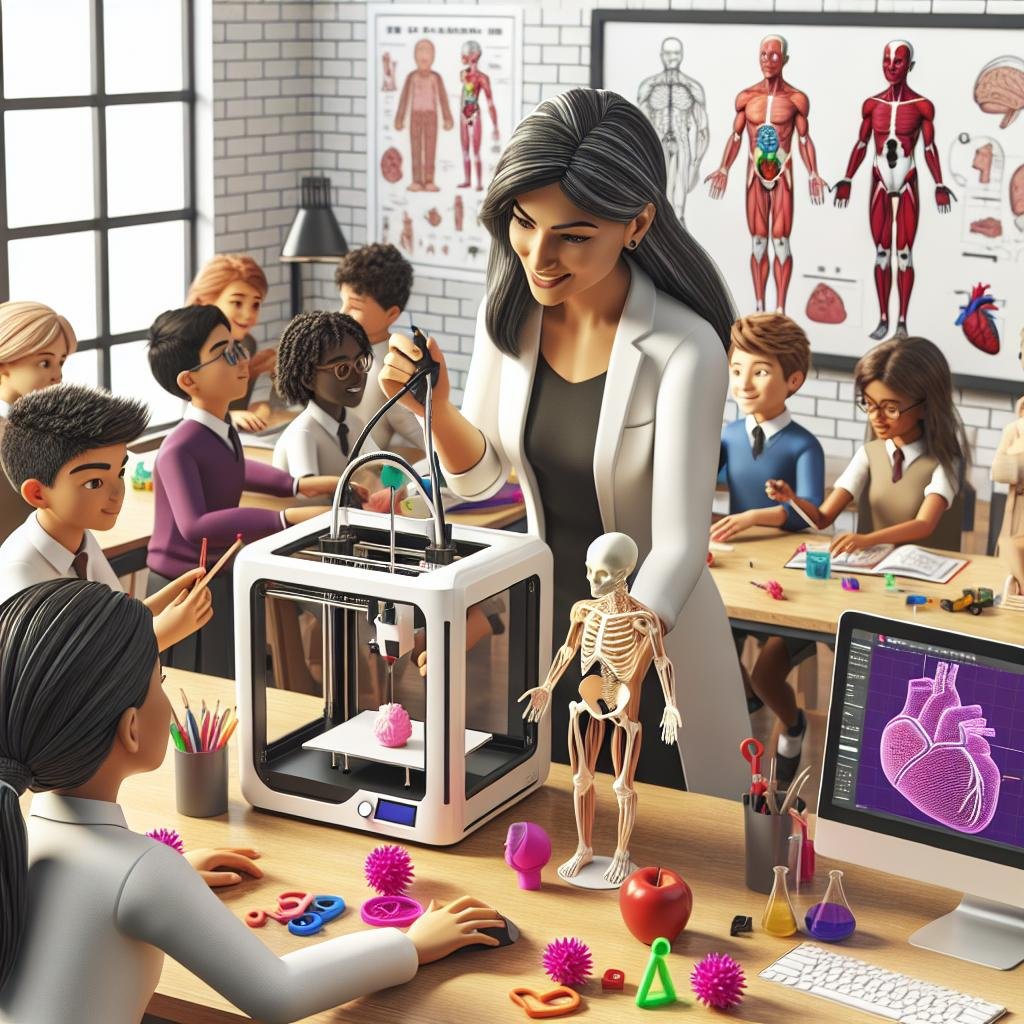
Unleashing Creativity in the Classroom with 3D Printing
- Enhanced Learning Experiences: Integrating 3D printing technology into classrooms transforms the way students interact with complex concepts. Students can touch, explore, and manipulate detailed models of DNA strands, ancient artifacts, or even their own art creations, turning abstract ideas into tangible realities.Moreover, fostering hands-on learning enhances critical thinking and problem-solving skills. With just a few clicks, educators can encourage students to design historical monuments or scientific models, empowering them to see their ideas take physical form.
Can you imagine designing and printing a custom animal cell model for biology class? this tactile engagement not only makes learning more exciting but deeply memorable.
| Subject | 3D Printing Activity |
|---|---|
| History | replicate ancient artifacts |
| Math | Create 3D geometric shapes |
| Art | Design customized sculptures |
- Project-Based collaboration: Encouraging students to work together on 3D printing projects cultivates a collaborative environment where thay learn from each other while developing crucial teamwork skills.By working in groups to tackle real-world problems, students can assume various roles – from designers to engineers, fostering a sense of ownership and engagement. The customized creations can be displayed in school exhibitions or used to present solutions to community challenges.Imagine the pride upon seeing the school’s very own 3D-printed solar car model! This shared journey bolsters communication skills and sparks the joy of collective achievement.
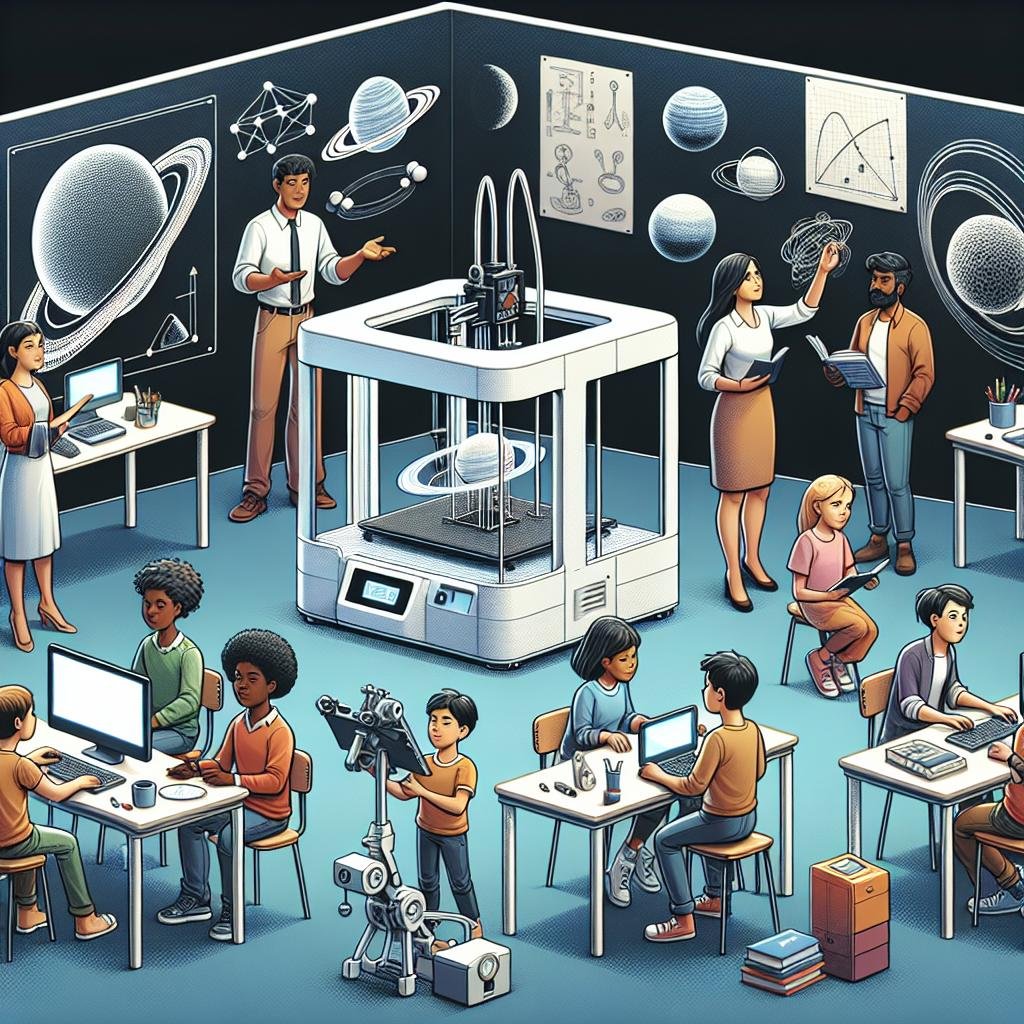
Mastering the Basics: Essential Tools and techniques for Educators
Education has always been at the forefront of integrating technology to enhance learning,and 3D printing is no exception. To effectively harness this technology, educators must acquaint themselves with several key tools and techniques. Slicing software, like Cura and PrusaSlicer, helps prepare 3D models for printing by converting them into instructions the printers can understand. Familiarity with CAD programs, such as TinkerCAD or Fusion 360, is also essential for designing custom educational models. Lastly,understanding the different types of filaments—PLA for its ease of use,or more durable materials like ABS—helps educators choose the suitable medium for their projects.
To stir curiosity and engagement among students, the applications of 3D printing in classrooms can be diverse. Consider exploring projects that encourage critical thinking and practical request:
- Mathematics: Create geometric shapes and complex structures to visualize abstract concepts.
- Biology: use 3D models of human organs or cellular structures for hands-on learning.
- History: Reconstruct artifacts or ancient buildings to bring history lessons to life.
Additionally, educators should cultivate a collaborative learning environment using 3D printing projects that encourage teamwork and problem-solving among students. Here’s a simple comparison for quick insights:
| Tool | Purpose |
|---|---|
| Cura | Slice models for 3D printing |
| TinkerCAD | Design and modify models easily |
| PLA Filament | Beginner-pleasant printing material |
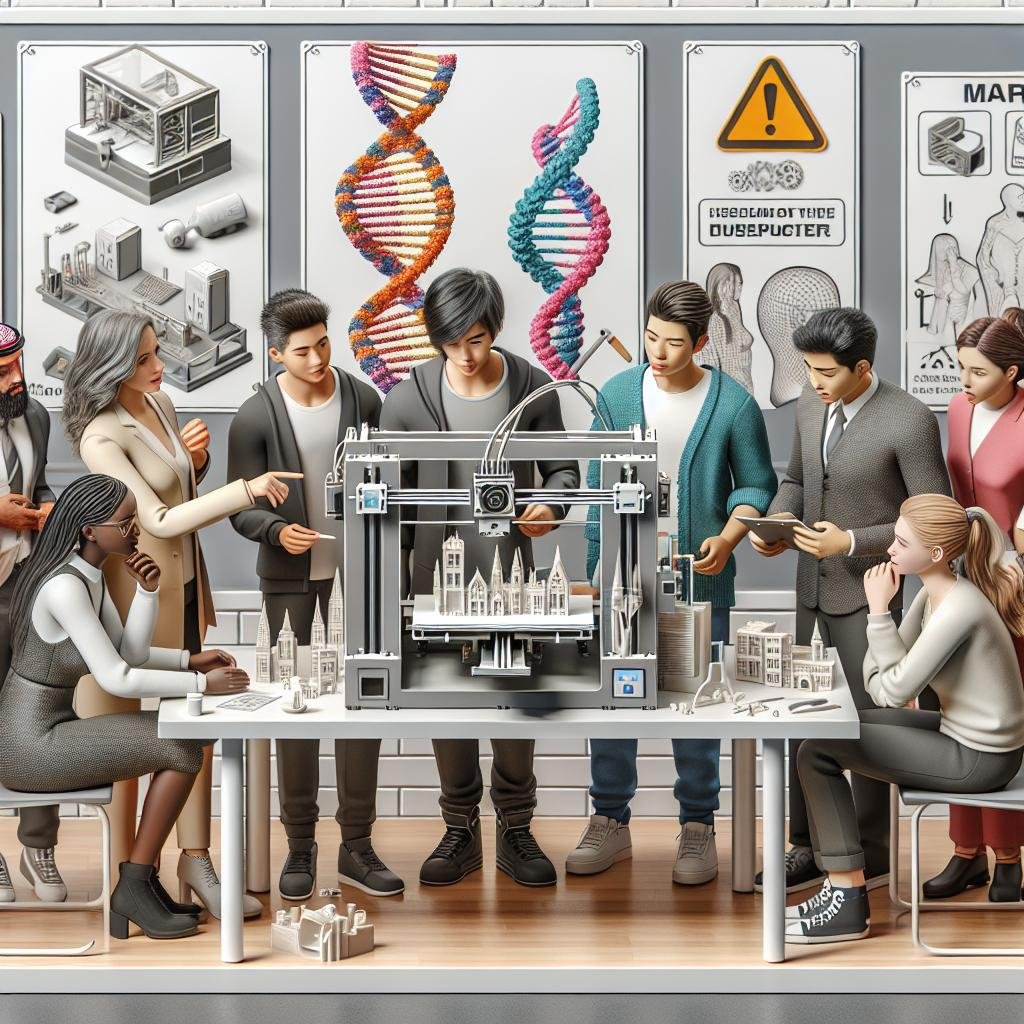
Innovative Lesson Plans: Engaging Students Through Hands-On Learning
Bringing the wonders of 3D printing into the classroom can ignite curiosity and foster a deeper understanding of complex concepts by allowing students to physically interact with the materials they study. For subjects like geometry, biology, or history, this tool enables tangible creations that go beyond textbook learning, thereby catering to diverse learning styles. Imagine students constructing replicas of ancient artifacts or designing complex geometric shapes. These projects not only encourage creativity but also enhance critical thinking and problem-solving skills.Moreover, 3D printing can promote teamwork, as students frequently enough need to collaborate to bring a project from concept to creation, learning valuable communication skills along the way.
For optimal engagement, educators can integrate various classroom activities that incorporate 3D printing. Consider the following ideas:
- Customizable Puzzles: Design and print unique puzzle pieces that students must assemble.
- Biological Models: Create realistic models of human organs to enhance anatomy lessons.
- Historical Reconstructions: Encourage students to print and study miniatures of historical landmarks.
- Mathematics Aids: Produce 3D graph models to help visualize equations.
Additionally, here’s a brief comparison of various 3D printing materials suited for classroom projects:
| material | Properties | Use Case |
|---|---|---|
| PLA | Biodegradable, easy to print | Basic educational models |
| ABS | Durable, heat-resistant | Engineering projects |
| TPU | flexible, resilient | Tactile learning aids |
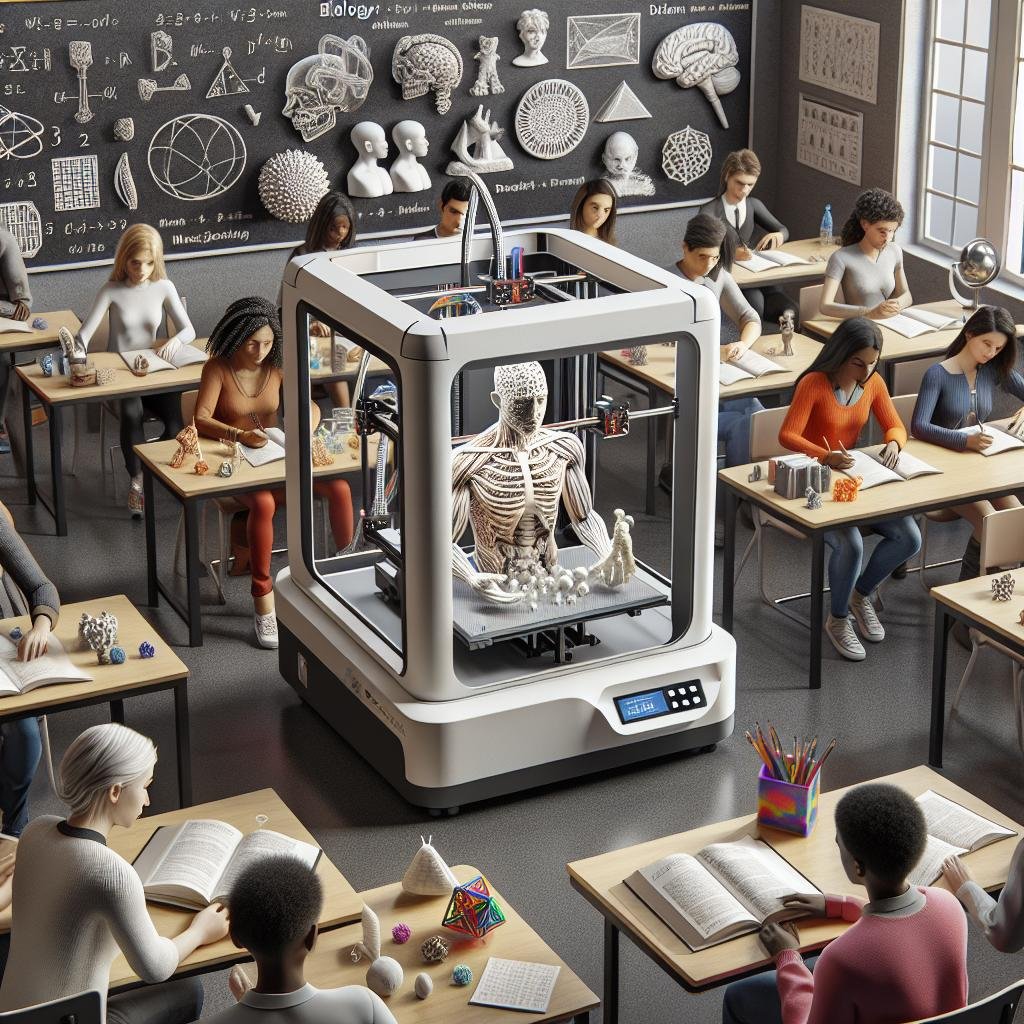
Overcoming Challenges: Practical Tips for Seamless Integration
Implementing 3D printing in educational environments can initially seem daunting, but with a few practical steps, it can become a transformative learning experience. Start small by familiarizing yourself with basic 3D printing concepts through online tutorials and resources. These foundational steps are crucial in building confidence and competence with the technology. Engage your students by encouraging them to brainstorm ways 3D printing can be used creatively in subjects like geography, history, or science.An excellent way to introduce 3D printing is by incorporating project-based learning. For example, students could design a model of a historical artifact or a geometric shape to bring abstract concepts to life.
Consistency and collaboration are key when overcoming initial hurdles. Unite a team of faculty who are passionate about integrating technology in the classroom. This collaborative approach not only distributes workload but also fosters a collective troubleshooting environment, making problem-solving more dynamic and effective. Leverage resources such as online forums,local tech meetups,or educational 3D printing groups,where you can share experiences and learn from others’ challenges and successes.
- Explore Tutorials: Start with free online resources to grasp the basics.
- Student Engagement: Let students ideate on 3D printing projects.
- Faculty Collaboration: Build a supportive team for shared learning.
- Resource Utilization: Participate in forums and tech meetups.
| Challenge | Solution |
|---|---|
| Lack of Experience | Online Tutorials |
| Funding | Grants/Partnerships |
| Curriculum Integration | Project-Based Learning |
Q&A
Q&A: Unlocking the World of 3D Printing in Education
Welcome to our Q&A session where we explore the fascinating and creative world of 3D printing in educational settings. Our aim is to help you understand how this technology can transform the learning environment.Let’s dive in!
Q1: What exactly is 3D printing, and how does it fit into a classroom?
A1: Imagine being able to turn your ideas into physical objects right in your classroom! That’s 3D printing. It’s a technology that creates three-dimensional objects layer by layer from a digital file.in educational settings, 3D printing becomes a powerful tool for hands-on learning, allowing students to innovate, create, and better understand complex concepts by bringing them to life.
Q2: How can teachers integrate 3D printing into their curriculum?
A2: Teachers can start small by incorporating 3D printing into STEM (Science, Technology, Engineering, and Math) projects. Such as, students can design and print models of molecules for a chemistry class or create geometric shapes for math lessons. Beyond STEM, 3D printing can be used in art classes to produce sculptures or in history lessons to replicate artifacts, making learning tangible and interactive.
Q3: What are some practical tips for educators new to 3D printing?
A3: Start by exploring online resources and tutorials to understand the basics of 3D printing. Once you’re cozy, begin with simple projects and gradually increase complexity as students gain confidence.Collaboration with colleagues and involving students in the creation process—right from design to printing—can also enhance the learning experience. Don’t forget to encourage experimentation and celebrate failures as part of the learning journey!
Q4: What are the main benefits of using 3D printing in education?
A4: 3D printing fosters creativity and innovation, enhances problem-solving skills, and bridges the gap between theoretical knowledge and practical application. It promotes active learning, boosts student engagement, and prepares students for future careers in a variety of industries. Plus, it’s a fantastic way to build teamwork and communication skills as students frequently enough work on projects in groups.
Q5: Are there any challenges teachers might face when implementing 3D printing?
A5: Like any new technology, there can be a learning curve. Teachers might face challenges with setup, maintenance, and the initial cost of 3D printers. Though, with proper training and support from school administration or community partnerships, these obstacles can be overcome. Patience and persistence are key—every challenge is an chance to learn and grow.
Q6: How can students benefit from hands-on experience with 3D printing?
A6: Students gain a deeper understanding of design and engineering concepts and see the real-world applications of their studies.It can ignite their passion for learning and encourage a growth mindset. Through 3D printing,students also learn to iterate and improve their designs,developing resilience and adaptability,crucial skills for the future.
We hope this Q&A sparks your curiosity and inspires you to explore the boundless possibilities of 3D printing in education. Happy printing, and remember—the only limit is your imagination!
The Way Forward
As the bell rings to signal the end of our dive into the world of 3D printing in education, we find ourselves standing at the exciting crossroads of innovation and learning. Like a kaleidoscope of possibilities, 3D printing brings color and dimension to the educational tapestry, transforming classrooms into vibrant workshops of creativity and exploration. Whether you’re printing simple geometric shapes or intricate historical artifacts, these prescient tools foster an atmosphere where imagination meets reality, and students become architects of their own knowledge.
So, as we bid adieu, remember that the heart of education beats stronger with every new layer of plastic filament laid down in precise patterns across the print bed. Let this technology be the bridge that transports eager young minds from curious inquiry to confident mastery. Whether you’re an educator eager to ignite a passion for STEM, or a student ready to build the future one layer at a time, the realm of 3D printing is yours to explore.
The only limit is the boundary of your imagination. Until our next exploration, may your educational journey be as dynamic and layered as the 3D prints you’ll create. Happy printing!

